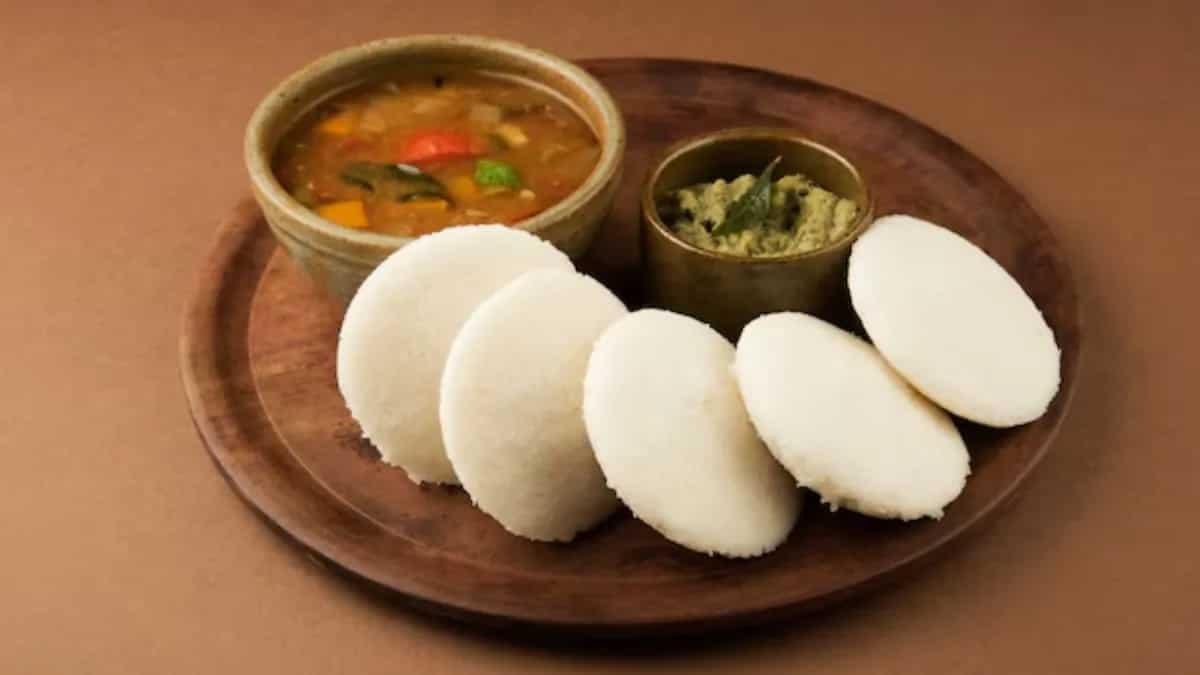Idli, a staple dish of South India, has crossed its regional borders and has become a favourite of everyone around. Whether you enjoy a comforting plate of soft, fluffy idlis at a roadside stall or at a fine dining restaurant, this dish never fails to satisfy the taste buds. It is also a simple breakfast, lunch or dinner idea when you want to keep it simple. Making perfect idlis starts with a good fermented batter, but if you have ever tried doing this during the monsoon season, you would have noticed the fermentation process takes longer than usual.
The batter turns out to be flat and lifeless, or sometimes it can even turn too sour before it even gets fermented. The reason behind this is that idli fermentation needs the correct time of warmth as well as air circulation, which cool, damp, and humid monsoon weather does not easily provide. Read below to know some of the tips and tricks to make sure your batter gets fermented easily and you enjoy soft and fluffy idlis even during the monsoon season.
Why Is It Difficult To Ferment Batter During Monsoon?
Before heading towards knowing the fermentation tips, it is first important to know why fermenting idli batter becomes difficult during the monsoon:
Lower Temperature
During the rainy season, the temperature falls, making fermentation difficult. The fermentation process requires warmth of ideally 25–32 °C, which becomes difficult during the rainy season.
Also Read: Must-Have Spices During The Monsoon Season
High Humidity
In the rainy season, there is excess moisture in the air that can react with the microbial activity. Instead of important bacteria that are beneficial for the fermentation, unwanted microbes such as moulds can grow, which is unhealthy for health.

Lack Of sunlight
During the summer, people often keep the batter in warm places or near sunlight, which makes fermentation easy. Whereas during the monsoon, there is little or no sunlight, which makes the fermentation process slow.
Changes In Water Quality
During monsoons, tap water has the chance of carrying higher microbial infections or impurities, which can affect the fermentation process or can even spoil the batter.
Increased Risk Of Contamination
The wet conditions lead to the growth of organisms such as fungi, harmful bacteria that can overpower the fermenting microbes.

Tips To Ferment Idli Batter During Monsoon
Below are some useful tips and tricks that can help in better fermentation during the monsoon season.
Using Warm Water
While grinding rice and urad dal for the idli or dosa batter, use slightly warm water. This will help kick-start the fermentation process.
Adding Natural Ingredients
Adding some natural ingredients such as soaked poha, a teaspoon of methi dana (fenugreek seeds), or a spoonful of thick curd, the idli batter will make the fermentation process easier. It will also result in making soft and fluffy idlis and crispy dosas.

Keep The Container In Warm Places
Wrap the vessel in a warm place to ensure the fermentation process takes place faster. For this, you can place the batter inside the oven with the light on, or in a microwave (switched off) with a bowl of hot water. If none of these options is available, you can simply wrap a thick towel around the vessel or place it inside a casserole or thermo-container to maintain its warmth.
Avoid Using Metal Containers
For the fermentation process, make sure you use glass, ceramic, or food-grade plastic. If you use metal, i.e. specifically steel, it can become too cold, which can slow down the fermentation process.
Timing Is The Key
In the monsoon season, it can take up to 12–20 hours for the fermentation process instead of 8–10. Check after 6-8 hours and refrigerate the batter once you think the fermentation is done.
But guess what? The good news is that with a few small tips and tricks, you can still get perfect fermentation even in the rain. By just knowing how and where you keep your batter in monsoon season, you can easily enjoy soft, fluffy idlis even on rainy days.


